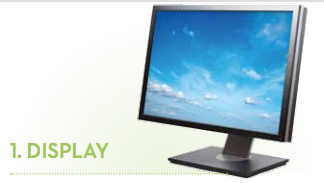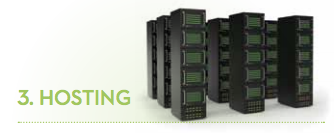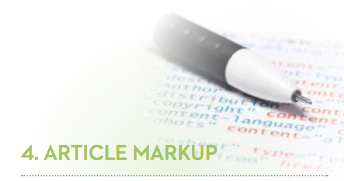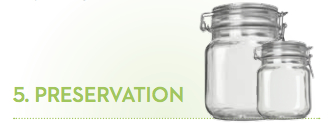Hosting Supplementary Material: Technical Challenges and Suggested Best Practices

Debates about the definition of supplementary material point to a larger transition in scholarly and technical publishing from print to electronic articles as versions of record. In the past, a piece of evidence was deemed “supplemental” because it couldn’t be presented in print. The medium defined what constituted rhetorically valid evidence. As online versions overtake print, the impulse is to imagine that medium is no longer a constraint. Any and all supplemental information can be “included” online.
NOTE TO READER: Download the PDF to read the full article...
Technical Challenges
Supplemental materials present several challenges to online publishers of scholarly and technical content. Five technical challenges will be discussed here—the first second and fourth in some depth and the remaining two in a more cursory manner:
- Display
- Search
- Hosting
- Article Markup
- Preservation

Audience and device are two key variables to consider when designing display of supplemental materials. Different audiences are likely to have different levels of interest in supplemental materials, and different devices are likely to have different capacity for displaying them...

Searching locally-hosted, non-XML supplementary resources and remotely-hosted resources of any format presents particular challenges. Some of these challenges are technical (e.g., tagging of video so that transcripts can be searched and hits accurately located within the video’s binary object) and others are conceptual (e.g., does a text search operate on the article and dataset in the same manner). Adding the complexity of federated search (local and remote resources) to that presents a daunting challenge...

Hosting supplementary materials presents a variety of challenges and requires constant attention to an always shifting set of formats and requirements. From a vendor’s perspective, the key decision is whether to host in-house or contract with a third party for the technical expertise and transmission bandwidth to serve supplementary materials...

The NLM Journal Publishing DTD version 2.31 offers the supplementary material element () for modeling supplemental material. The element was designed to contain references to “additional data files that contain information directly supportive of the document, for example, an audio clip, movie, database, spreadsheet, applet, or other external file.” Acknowledging the multiple meanings of the word “supplementary material,” the Tag Library identifies as candidates for this element: extra tables, supportive materials “too voluminous” to appear within the narrative, and materials such as quizzes and forms that “enhance” the article content...

The questions of how to preserve supplementary materials and where they should be deposited are intimately linked. Online publishers have invested significantly in data models and storage architectures designed to preserve core article content. Accomplishing this requires, among other things, the adoption of some shared standards and basic formats. There is no such uniformity in the area of supplementary materials...
Conclusion
Without any consensus on standards or best practices in the handling of supplemental materials, hosting services are left with setting their own requirements for publishers who submit content or with dealing with each publisher’s own policies and practices—a laborious and costly approach. Several projects currently underway are intended to develop standards and best practices for supplemental materials. The NLM Journal Archiving and Interchange Tag Suite version 3.0, the three journal article schemas, and the documentation are currently being shepherded through the NISO standardization process to become a consensus ANSI standard and attract a wider audience of publishers. A joint NISO/NFAIS effort to define best practices for supplemental materials is just underway (see article on page 33). The technical working group for that effort will no doubt consider the issues described in this article. As these standards and best practices are completed, both hosting services and publishers can look forward to adopting some common approaches to the handling of supplementary materials
Publication data
DOI10.3789/isqv22n3.2010.03
/sites/default/files/stories/2019-09/Hosting%20Supplementary%20Material-%20Technical%20Challenges%20and%20Suggested%20Best%20Practices.pdfVolume 22, Issue 3 (Summer 2010))